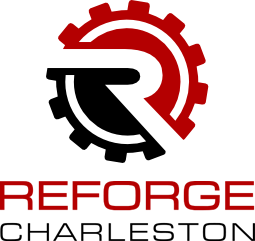When preparing a model for 3D printing, two key parameters that significantly influence the print’s strength, weight, and printing time are the number of shells (also known as walls or perimeters) and the infill percentage. Adjusting these parameters can help you optimize your print for its intended use. Here’s a quick guide on why and when you might choose more or less of each:
Shells/Perimeters/Walls
More Shells:
- Strength: Adding more shells increases the strength and structural integrity of the printed object, making it more resistant to stress and impact.
- Surface Quality: More shells can improve the surface quality of the print, especially on overhangs and sloping surfaces, leading to a smoother finish.
- Water Resistance: For containers or objects that need to hold liquids, more shells can reduce the permeability of the walls.
Less Shells:
- Reduced Material Use and Print Time: Fewer shells mean less material is used, and the print will be completed faster, making it more economical for large-scale or rapid prototyping.
- Flexibility: In some cases, reducing the number of shells can make the printed object more flexible, which might be desirable for certain applications.
Infill
More Infill:
- Strength and Rigidity: A higher infill percentage makes the interior of the print denser, resulting in a stronger and more rigid object.
- Functional Parts: For mechanical parts or components that will bear loads or stresses, a higher infill is necessary to ensure durability and functionality.
- Weight: A higher infill percentage will increase the weight of the printed object, which might be beneficial for applications where additional weight is desired.
Less Infill:
- Faster Prints and Less Material: Lowering the infill percentage reduces print time and material consumption, making the print more cost-effective, especially for large objects or prototypes.
- Lightweight Objects: Less infill results in a lighter object, which is advantageous for applications where weight is a critical factor, such as drone parts or wearable items.
- Flexibility: Depending on the material and the design, reducing infill can introduce a degree of flexibility to the object, which can be beneficial for certain applications like hinges or springs.
Balancing Shells and Infill
- Functional vs. Aesthetic Prints: For aesthetic models, such as figurines or decorative items, fewer shells and lower infill might suffice, focusing on surface quality and detail. For functional parts, prioritize strength with more shells and higher infill.
- Topology Considerations: For objects with complex geometries, adjust shells and infill to support the structure adequately while optimizing for material use and print time.
- Material Considerations: The type of material can also influence decisions on shells and infill. For example, flexible materials might require different considerations compared to rigid materials like PLA or ABS.
In summary, the choice of shells and infill is a balancing act that depends on the specific requirements of the printed object, including its intended use, desired strength, weight, and the need for material efficiency. Experimentation and experience will help you find the optimal settings for each unique print job.
